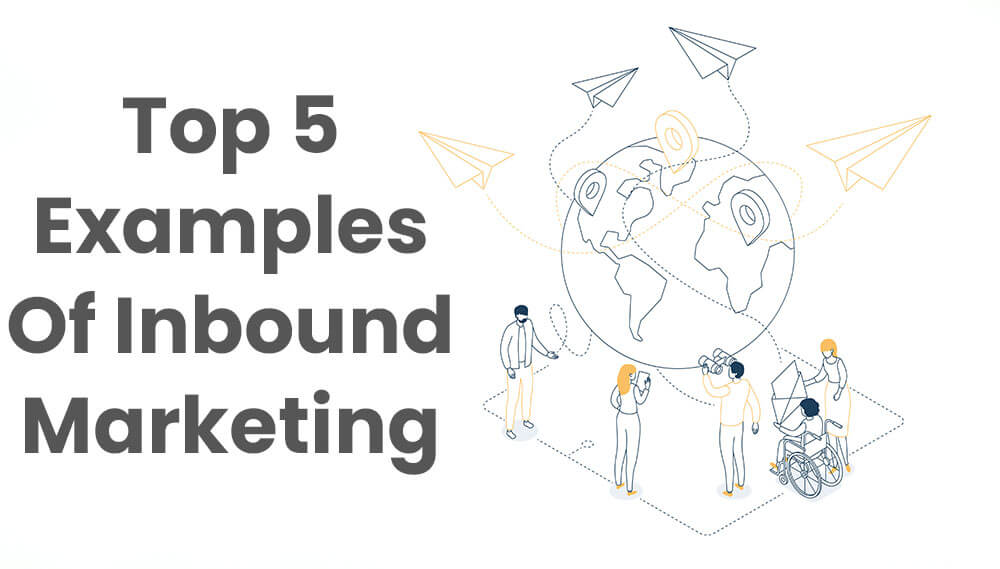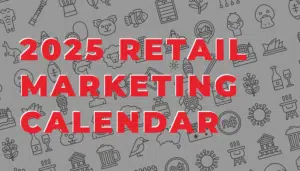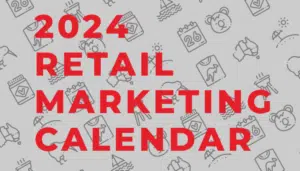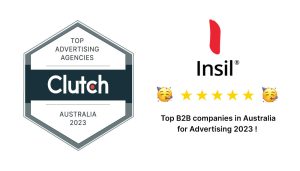Top 5 Examples of Inbound Marketing
With 14.7 million internet subscribers, and 88% of Australians going online every day, the way people shop has changed drastically – this means that offline marketing is no longer as effective as it once was.
Modern marketing is all about connecting with the right audience, at the right time and space. In today’s increasingly global and online world, this primarily includes the internet.
Businesses, therefore, leverage various digital campaigns and channels to connect with prospective and current consumers.
Inbound marketing is one such digital marketing strategy that allows brands to reach, and connect with, the audience online.
What Is Inbound Marketing
Simply put, inbound marketing is a strategy designed to attract and engage consumers. It involves bringing leads to your website, rather than reaching out to them.
Brands use inbound marketing strategies to drive prospects to their website, build their image, and help consumers become familiar with their products and services.
Keep in mind the difference between inbound and outbound marketing – the latter is typically interruptive, and refers to the use of media such as seminars, webinars, trade shows, contextual ads, cold calling etc.
It is for this reason that outbound marketing is also commonly known as “push marketing.” On the other hand, inbound methods are called “pull marketing,” since they are designed to attract your audience through organic methods, such as SEO.
As per HubSpot, 33% of inbound marketers, and 31% of outbound marketers, rank outbound methods like PPC as a waste of resources and time.
Below we have outlined some actionable examples of inbound marketing:
1- Blogs
Blogging is a primary example of inbound marketing; it helps companies improve brand awareness, and increases visibility online – thereby leading to increased ROI and growth.
When combined with a robust keyword strategy and SEO tactics, blogging can help generate organic traffic to your website by attracting leads that are already searching for similar products and services.
This explains why 53% of marketers admit that blogging is their top priority when designing and implementing a marketing strategy. As a result, these marketers are 13 times more likely to see a positive increase in their ROI.
But what are the strategies to create an excellent blog that generates more views, and consumer loyalty?
Research has shown that 36% of people prefer headlines with numbers and lists. For instance, headlines like “30 ways to make drinking tea more delightful” is more likely to get views than a generic headline like, “Ways to make drinking tea more delightful,” or “what are ways to make drinking tea more delightful?”
Additionally, blog posts with images get 94% more views, and are considered essential when trying to generate more organic traffic. Similarly, 94% of people are more likely to share posts they find useful – meaning content that provides factual information in an easy to understand manner.
2 – Infographics
As useful as blogs and written content is, people hardly have the time to read hundreds of words, let alone remember all the information.
Often, readers just want a quick snapshot of the most salient features of your product or services – preferably in an attractive format.
This is where infographics come in handy; they provide an overview of a topic through a series of charts, graphs, and imagery. Also, minimal text is used to convey the most essential information.
This is important, as research has shown that people process visuals 60,000 times faster. Moreover, people remember 80% of what they see, compared to only 20% of what they read. This explains why infographics are thirty times more likely to be read than text blogs.
3 – Whitepaper
In the digital marketing sphere, whitepapers can be defined as well-researched articles providing in-depth information on a specific topic. As such, whitepapers adopt a more formal tone than blog pieces, which are more conversational in nature.
Customers who choose to read and download whitepapers expect quality research, and valuable insights about current market trends and changes.
Another advantage of whitepapers is that they can be used to extract contact information from leads. This can be used to integrate them into the email marketing campaign for higher conversions, and future connections.
Indeed, research has shown that email marketing produces the best ROI compared to other channels.
4- E-Books
Like whitepapers, e-books also provide factual, and well-researched insights and information on a variety of topics.
The primary goal of an e-book is to help your brand become an authoritative resource for other companies and consumers. This is crucial, as studies have proven that 63% of consumers are more likely to buy from an authentic brand that they trust.
Again, like whitepapers, e-books are also available for download free of charge, in exchange for contact information and email address particularly. Checkout our Ultimate 2019 marketing guide to get an example of a small, basic E-book example, this forms part of our inbound marketing strategy.
What’s important to remember, is that the tone, design, and content should be in line with your brand image, and contain a unique message that ends with an effective call to action.
5- Video Series
Finally, creating a video series for your website, or social media campaign is an effective way to engage consumers, and increase organic traffic by up to 157%.
Keep in mind the fundamental difference between content and video series – while it pays to produce detailed content, videos need to be only a few minutes long. In fact, research has shown that social media users lose interest in a video if it is longer than a minute.
Overall, the benefits of videos cannot be underestimated, with 64% of consumers saying that they are more likely to buy a product or service after watching a video. Checkout our in-depth blog article about video marketing!
So there you have it – the top five examples of inbound marketing strategies that can help businesses attract more visitors, and keep them engaged for increased ROI and growth.




